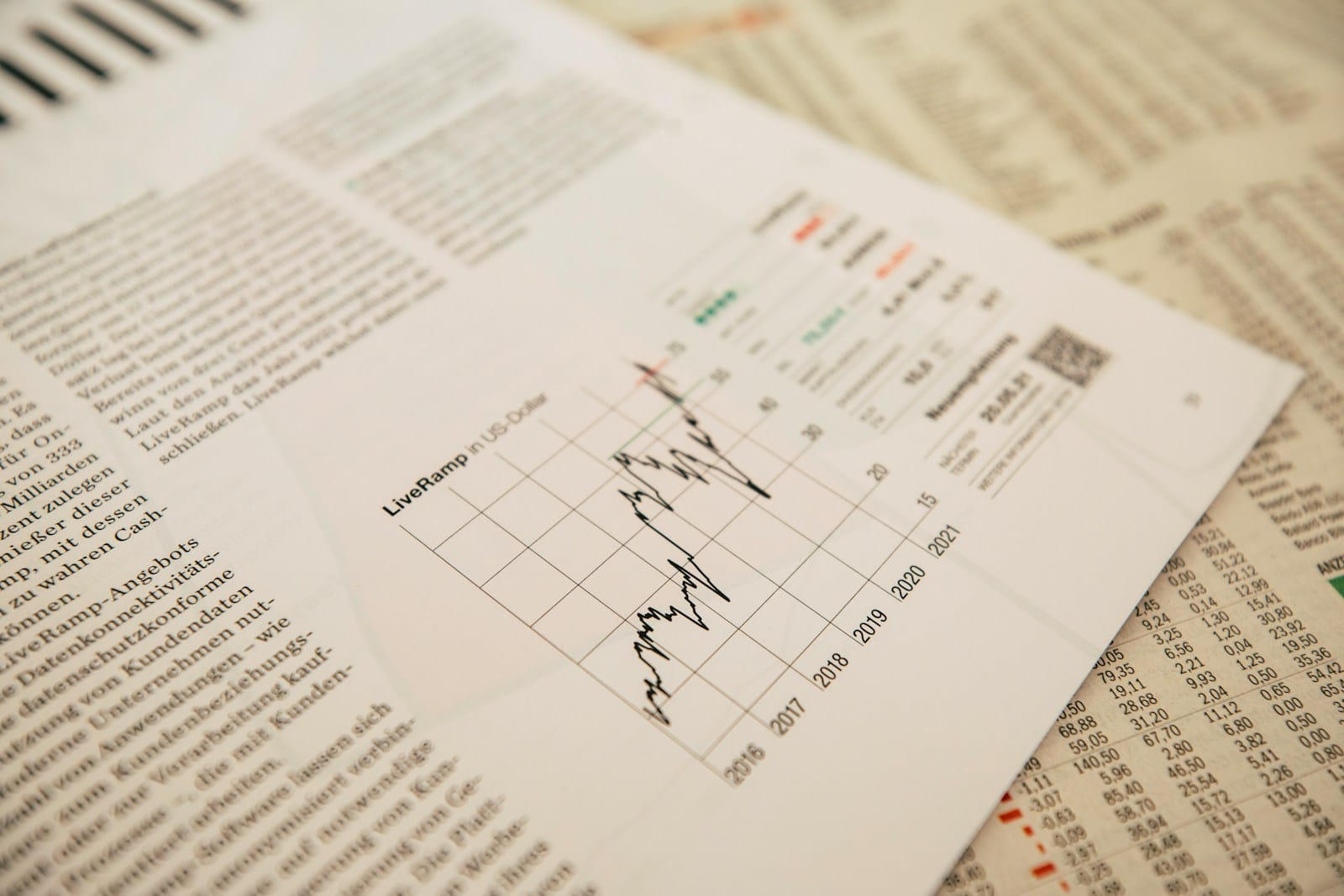Market and economic trends: What is the current state of global markets?

As of April 17, 2024, global markets are experiencing a cautious optimism, underscored by a reduction in perceived financial risks and a shift in monetary policy signals from the European Central Bank (ECB). The ECB’s indication of a potential pause in interest rate hikes, coupled with the projected return of Euro-Zone inflation rates to mid-2021 levels, appears to be fostering a sense of reassurance among policymakers and investors.
Concurrently, the United States is witnessing a surge in money-market fund assets, reaching a historic high of $5.76 trillion, reflecting a strong preference for low-risk investments among American investors. Reflecting on these trends we look into their implications for the global economic landscape.
In recent times, the global economy has navigated through a labyrinth of challenges, ranging from geopolitical tensions to pandemic-induced disruptions. Despite these headwinds, there are emerging signs of stabilization and cautious optimism within financial markets. We are examining the current state of global markets, focusing on the ECB’s monetary policy stance, Euro-Zone inflation projections, and the U.S. money-market fund asset growth, to provide a comprehensive analysis of the prevailing economic conditions and their potential trajectories.
European Central Bank’s Monetary Policy
The European Central Bank’s recent signal regarding a potential halt in interest rate hikes marks a pivotal moment for the Euro-Zone’s economic policy outlook. Historically, the ECB has utilized interest rate adjustments as a primary tool to manage inflation and stimulate economic growth. The indication that rates may stabilize suggests that the ECB is confident in the effectiveness of its previous measures and anticipates a return to lower inflation levels, akin to those seen in mid-2021.
This development is significant as it may alleviate some of the borrowing costs for businesses and consumers, potentially spurring economic activity within the region. Moreover, it could reduce the cost of servicing government debt, providing fiscal breathing room for Euro-Zone countries. The ECB’s cautious approach may also reflect a broader trend among central banks to carefully balance the risks of inflation against those of stifling economic recovery.
Euro-Zone Inflation Projections
The projection that Euro-Zone inflation will return to the lower levels experienced in mid-2021 is a positive sign for the region’s economic stability. High inflation rates have been a source of concern for both policymakers and the public, eroding purchasing power and creating uncertainty. A return to lower inflation rates would not only restore confidence but also provide a more predictable environment for long-term investment and planning.
This anticipated decline in inflation could be attributed to a variety of factors, including the unwinding of supply chain bottlenecks, a stabilization in energy prices, and the fading impact of pandemic-related fiscal stimulus measures. It is important to note, however, that inflation projections are subject to various risks, including unforeseen economic shocks or geopolitical events that could disrupt the current trajectory.
U.S. Money-Market Fund Asset Growth
The record growth of U.S. money-market fund assets to $5.76 trillion indicates a strong inclination among American investors towards low-risk investments. Money-market funds are often seen as safe havens, especially in times of economic uncertainty, providing investors with a stable and liquid option for parking their funds.
This trend may reflect broader concerns about market volatility and the search for yield in a low-interest-rate environment. It also suggests that, despite the optimism in the markets, there is still a significant segment of the investment community that remains cautious, preferring to prioritize capital preservation over higher-risk, higher-return investment opportunities.
The Bottom Line
The current state of global markets is characterized by a delicate balance between optimism and caution. The ECB’s potential pause in interest rate hikes and the projected decline in Euro-Zone inflation are positive developments that could contribute to a more stable economic environment. Simultaneously, the growth in U.S. money-market fund assets underscores a persistent wariness among investors, who continue to seek out low-risk investment opportunities.
As we move forward, it will be crucial for policymakers to remain vigilant, carefully monitoring economic indicators and adjusting their strategies to navigate the complex interplay of factors that influence global financial stability. For investors, the key will be to maintain a diversified portfolio, balancing the pursuit of returns with the management of risk in an evolving economic landscape.
Do you want to share your story and inspire our readers ? Know that YOUR EXPERTISE is paving the way for a brighter, happier future.




